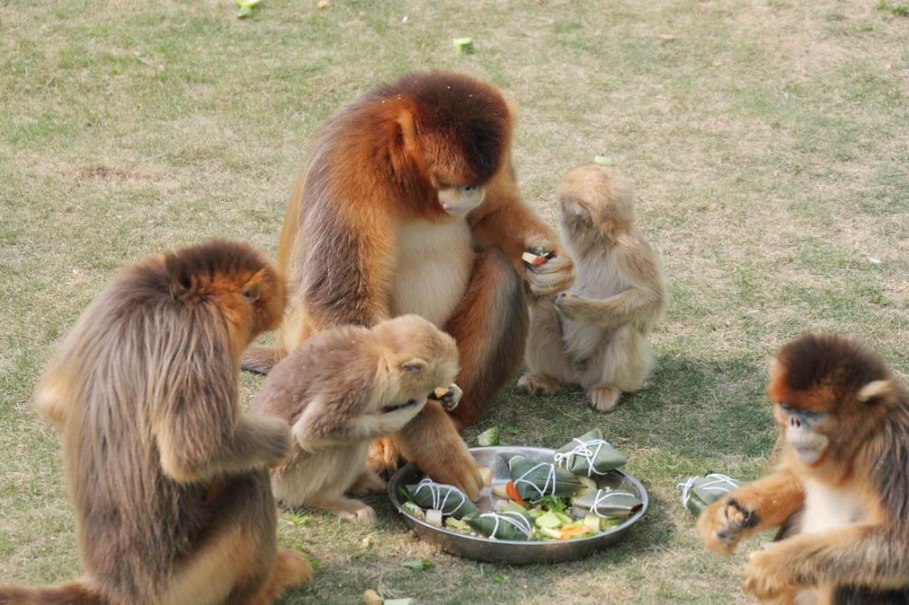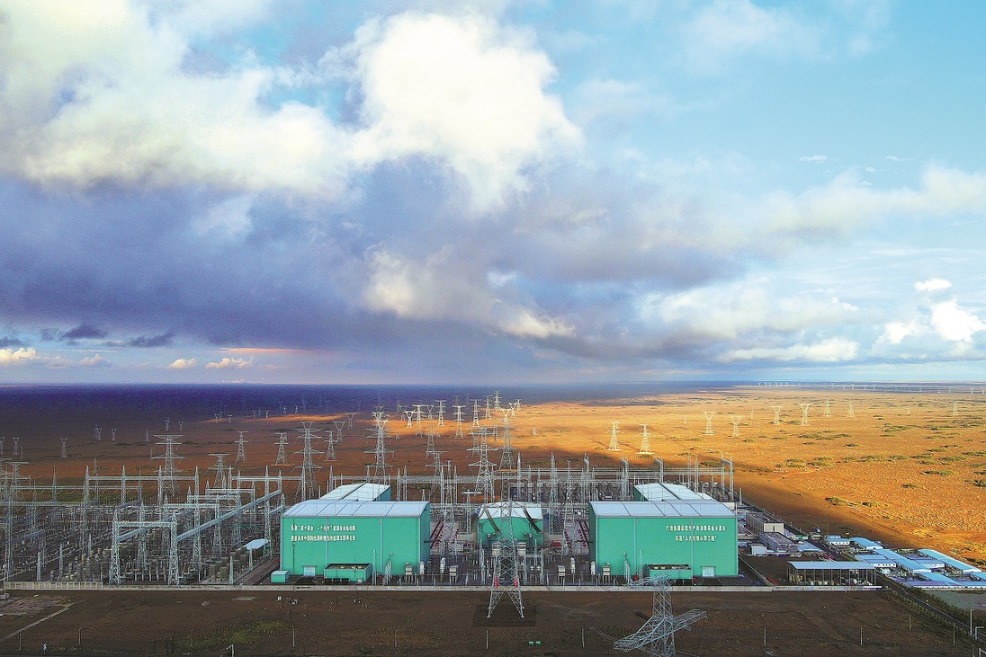Ancient genomes in Yunnan reveal new clues to Tibetan origins

Newly discovered prehistoric genomes from Southwest China's Yunnan province have unveiled links to population groups in the Qinghai-Tibet Plateau, South Asia and Southeast Asia, according to a study published Friday in the journal Science.
The genetic origins and evolutionary adaptations of Tibetans have long intrigued researchers. Previously, scientists had identified a single genetic origin for a 5,100-year-old population derived from a northern East Asian group, accounting for 80 percent of their genetic makeup, with the rest unknown.
A team led by Dr Fu Qiaomei from the Institute of Vertebrate Paleontology and Paleoanthropology, Chinese Academy of Sciences, spent nine years sequencing and analyzing the genomes of 127 ancient humans from 17 archaeological sites across Yunnan, dating back as far as 7,100 years. Their work has shed new light on the mystery of Tibetan ancestry.
Among the discoveries is a 7,100-year-old individual from Xingyi in central Yunnan's Yuxi city, which revealed a previously unidentified Asian ancestry, labeled in the study as Basal Asian Xingyi ancestry. This ancestry shares genetic traits with populations native to the present-day Qinghai-Tibet Plateau. The finding fills a significant gap in understanding the genetic roots of Tibetans.
The genome of this individual was markedly different from that of modern East Asians and from a genetically distinct 40,000-year-old individual found in Tianyuan Cave, in what is now Beijing. This supports earlier observations that the Qinghai-Tibet Plateau populations have distinct genetic signatures compared to other modern humans.
The results suggest an early Asian population separated at least 40,000 years ago and persisted in Yunnan until at least 7,100 years ago. This population later interacted with northern East Asian populations migrating westward, ultimately contributing to Tibetan origins.
The deeply diverged Xingyi ancestry was also found in an 11,000-year-old Longlin individual from the Guangxi Zhuang autonomous region. However, it disappeared in later Guangxi populations, unlike in the Qinghai-Tibet Plateau, where genetic continuity persisted. This points to the significance of the plateau in understanding genetic adaptability and population evolution in East Asia.
Further genome-wide analysis of ancient DNA from central Yunnan, dating from 5,100 to 1,400 years ago, revealed another previously unknown East Asian ancestry. These samples, which carried Central Yunnan Ancestry as denoted the study, represent the earliest genetic link to Austroasiatic-speaking populations. They show a close genetic relationship to modern Austroasiatic populations in northeastern India, southern China and Southeast Asia.
Combining archaeological, genetic and linguistic evidence, the researchers hypothesized that Austroasiatic speakers migrated from the Red River Valley to Southeast Asia, with central Yunnan as a key migration hub. This challenges earlier theories that linked the spread of Austroasiatic speakers in the region to farming, as the Austroasiatic-related presence in central Yunnan predates the emergence of agriculture.
The study underscores the pivotal role of Yunnan in prehistoric human migration and interaction since the Bronze Age, with its genetic diversity reflecting the region's rich ethnic and linguistic tapestry.
- Chinese VP addresses dialogue on exchanges, mutual learning among civilizations
- China to crackdown on illegal, fake college entrance exam information
- China's housing policy drives poverty reduction, job growth: official
- China honors outstanding scientists in museum on Sci-tech Workers' Day
- Intl mayors praise Shanghai's development
- China sees 3.8% increase in inter-regional trips in Jan-April




































